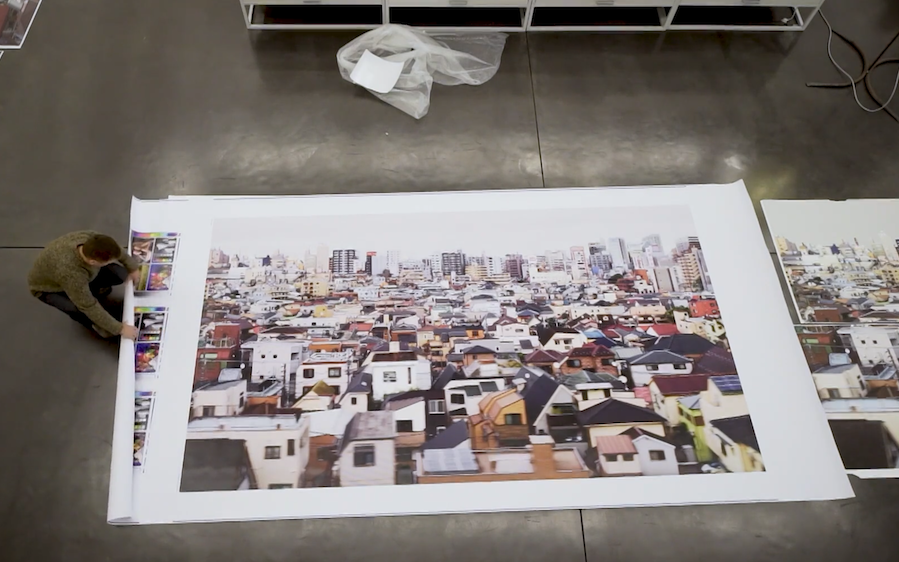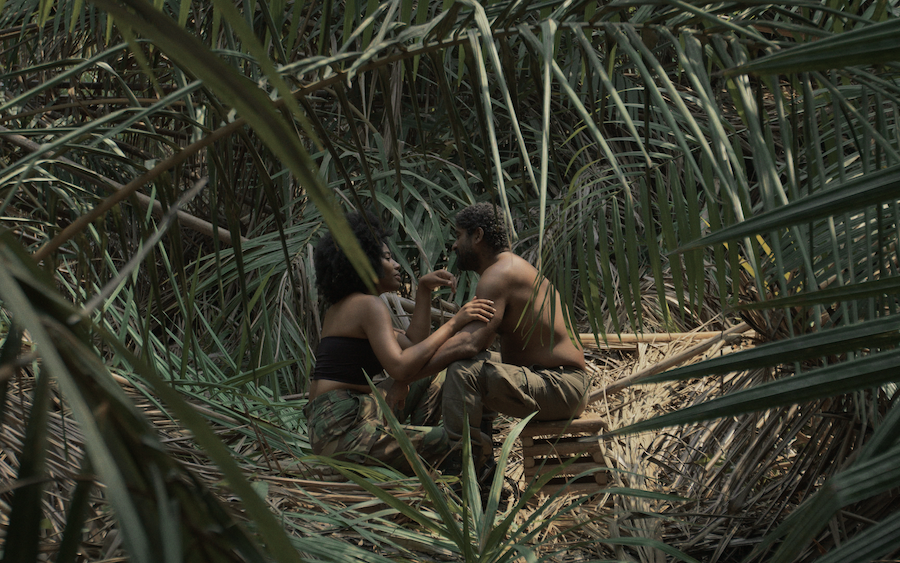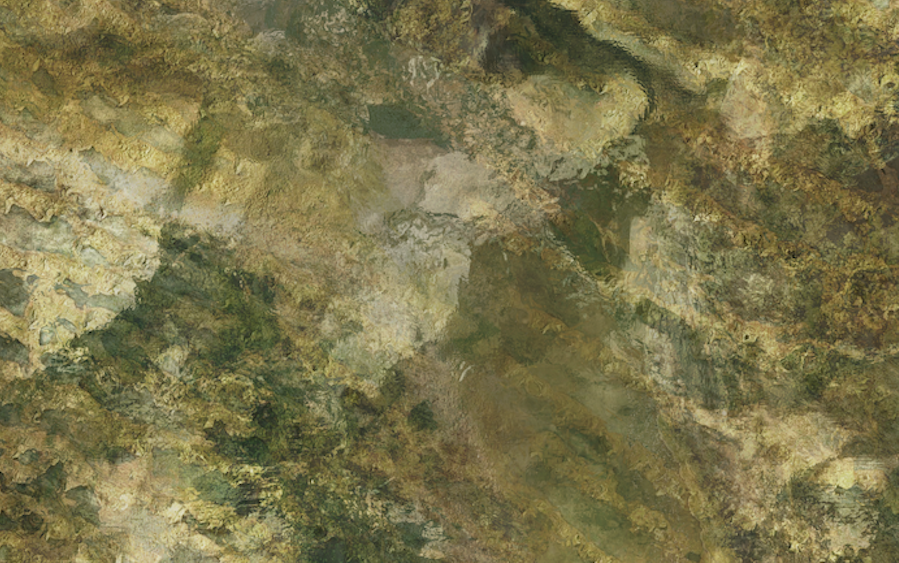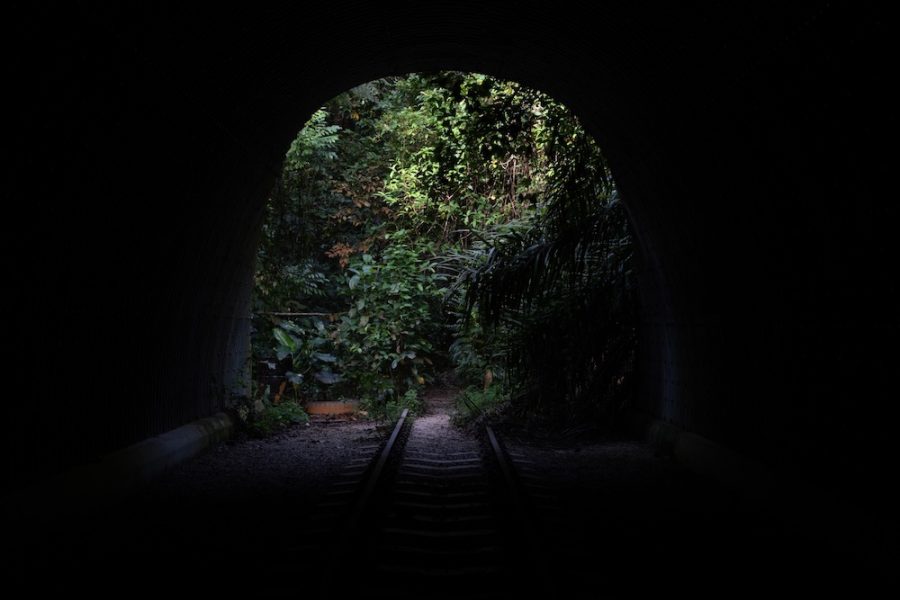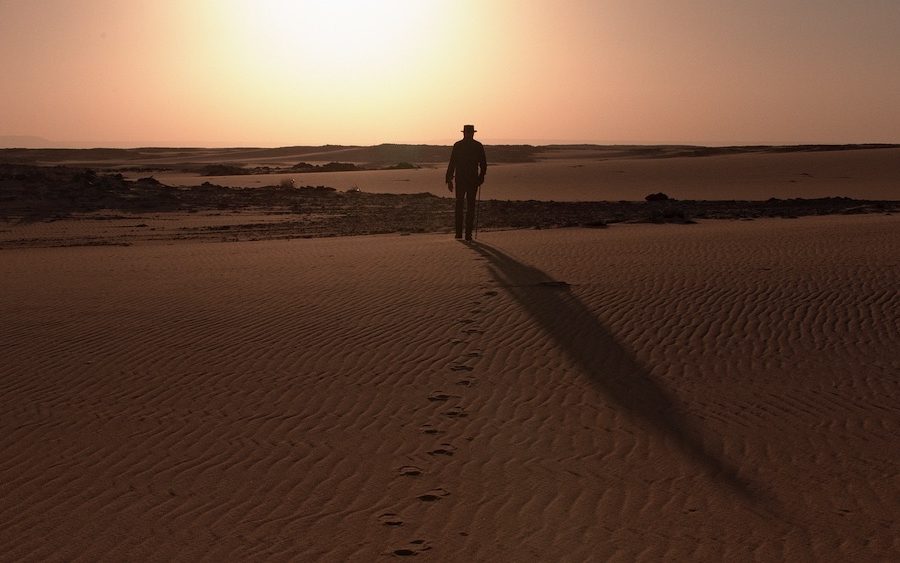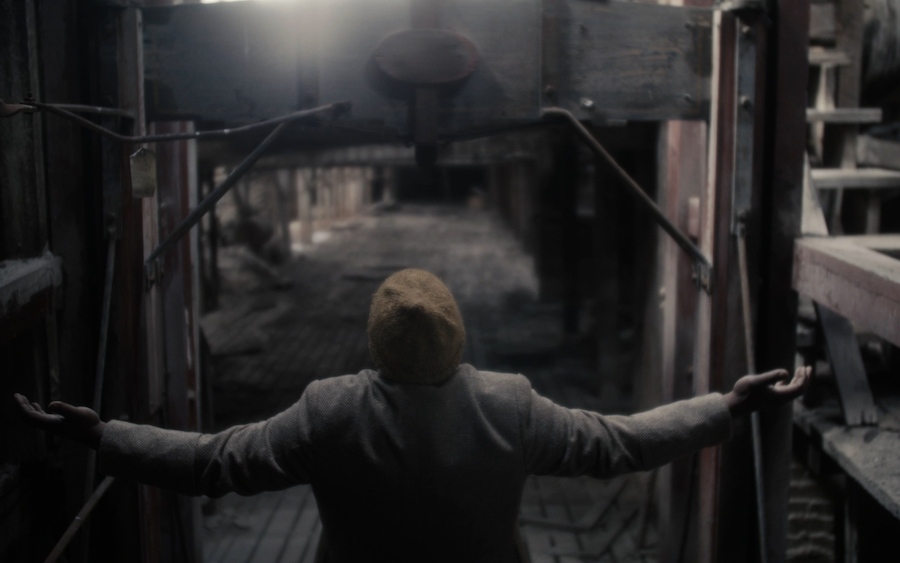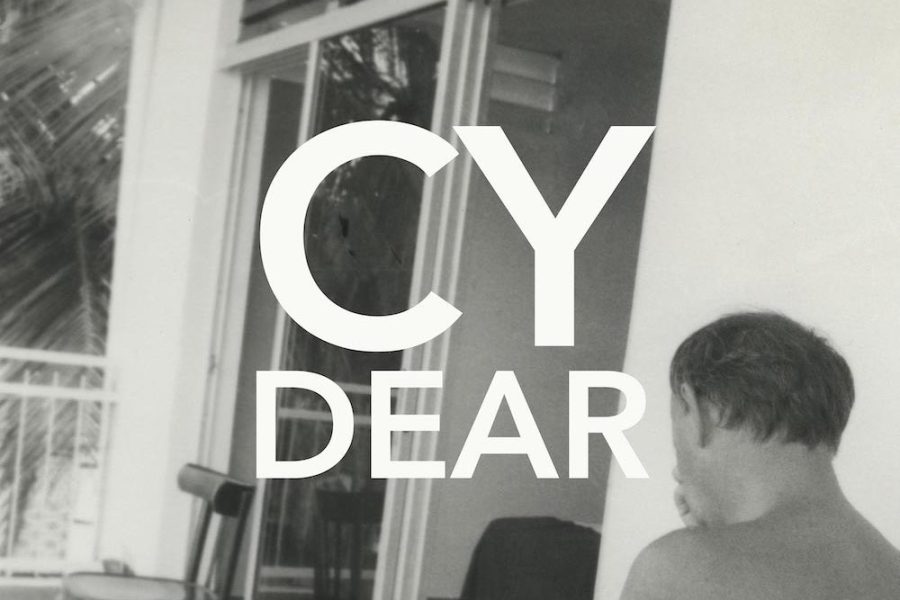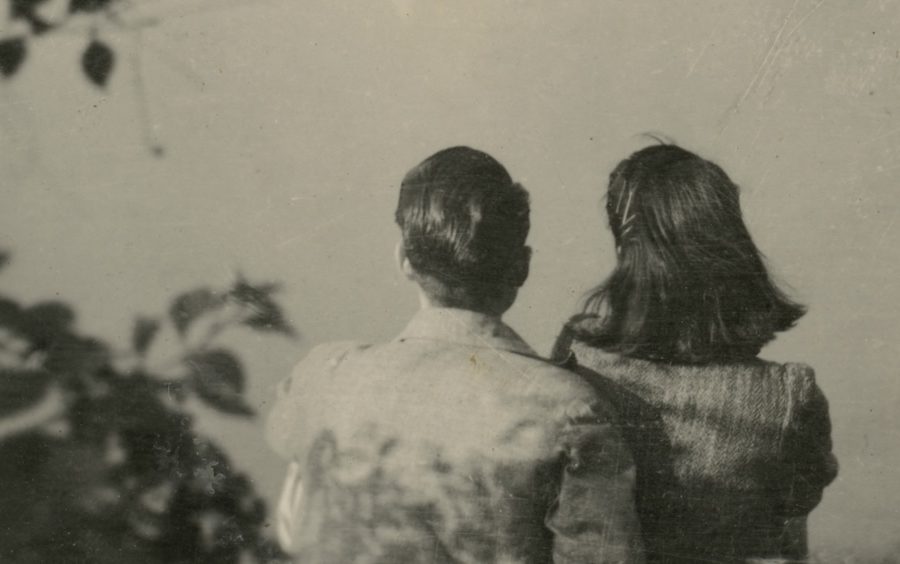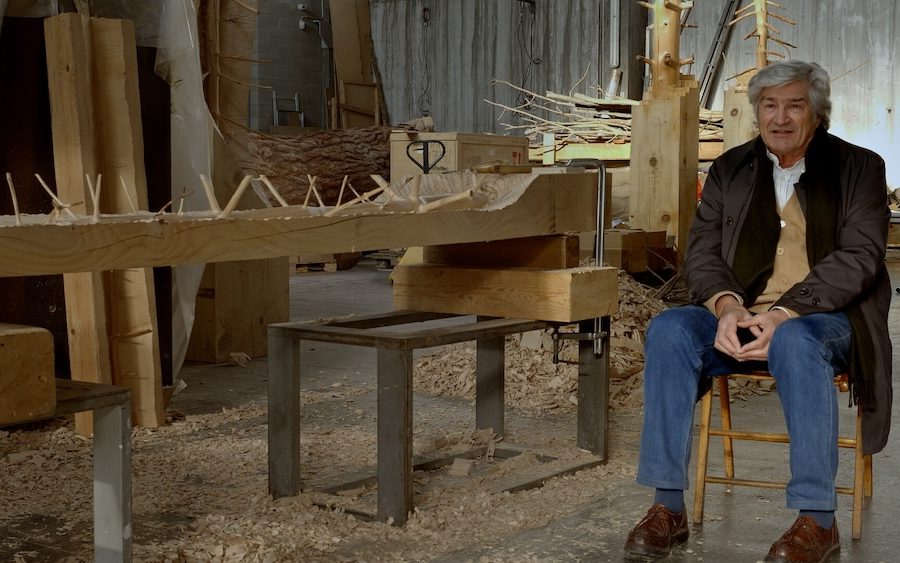Stefano Rabolli Pansera, founding director of Khao Yai Art Forest and Bangkok Kunsthalle, and Artistic Director of St Moritz Film Festival is an architect and curator. After graduating with Honours at the Architectural Association School of Architecture in London in 2005, he worked with Herzog de Meuron in Basel from 2005 to 2007 and he taught at the AA as Unit Master from 2007 to 2011. In 2013, he founded Beyond Entropy Ltd, a curatorial agency operating at the threshold of art, architecture and geopolitics and developing projects in Africa, Europe and the Mediterranean coastline. He curated several national pavilions at La Biennale di Venezia and, in 2013, he was the recipient of the Golden Lion for best national participation for the Angola Pavilion. In 2015, he designed Mangiabarche open-air gallery and directed the exhibition program for the MACC, a non-for-profit space in the South West of Sardinia. From 2017 until 2022, Stefano worked as director for Hauser & Wirth Gallery in London and opened the Hauser & Wirth Gallery in St. Moritz, while continuing working on several initiatives in Europe and Asia and developing institutional projects with Christoph Büchel and with the Panza Collection. In 2021 he founded of St. Moritz Art Film Festival, of which still he remains artistic director.
Read our interview with Stefano at ART SG Feature.
